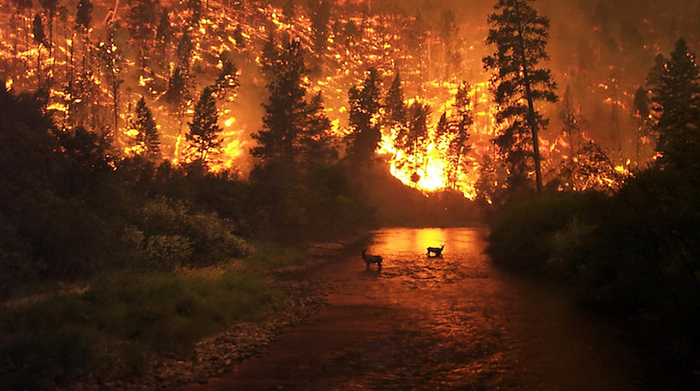Ignition Probability is a Crucial Aspect of Predicting Wildfire Risk

Image courtesy of Project LM under Attribution-NonCommercial-NoDerivs 2.0 Generic License, resized to 700 x 391 pixels.
Assessing wildfire risk is critical for electric utilities, especially those located in the western half of the U.S. Unfortunately, this is often done without accounting for ignition probability – utilities typically focus on “spread prediction” variables to determine how widespread a fire could become after it starts, with less attention given to the probability of it starting in the first place. In other words, the equation is missing an important component.
Why It’s Important to Consider Ignition Probability when Assessing Wildfire Risk
Perhaps one reason ignition risk is commonly ignored is because it is complicated. It encompasses multiple variables, such as equipment age & condition, conductor type, number of phases, fuel type, vegetation density, wind conditions, local terrain characteristics, etc.
That said, omitting this calculation is not an option because it can lead to half-baked conclusions. Simply put, utilities must determine total expected risk by calculating the probability of a fire igniting, multiplied by the potential severity.
As an example of why this is problematic, consider a scenario that has a 1% chance of occurring and could impact 1,000 homes, versus a second scenario that has a 5% chance of occurring but could impact 800 homes. Even though the second scenario is far more likely, focusing only on the potential severity without considering probability would typically result in the first scenario getting more attention.
By considering both sides of the equation, utilities are better equipped to optimize short- and long-term grid hardening measures, resource allocation strategies, safety protocols, and restoration and recovery operations, among other things. These are all important today and will become even more important in the future because it is widely expected that wildfire activity will increase going forward due to climate change.
In the final analysis, utility companies that fail to account for ignition probability in their wildfire risk-assessment activities are likely to get burned.



